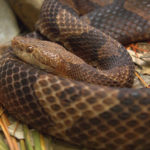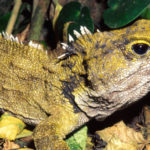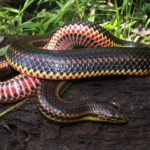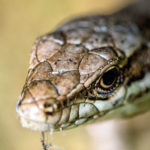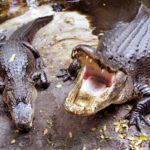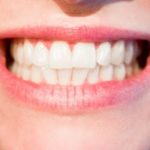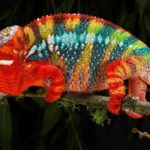Do lizards have teeth ?
 Yes, most of reptiles have teethes. The cheek area in all reptiles having teeth is also lined with a flat non-coronary epithelium. The structure of the gums is very similar to that of other animals, where a cover layer of dense collagen rich connective tissue and bone alveoli supporting the teeth is developed.
Yes, most of reptiles have teethes. The cheek area in all reptiles having teeth is also lined with a flat non-coronary epithelium. The structure of the gums is very similar to that of other animals, where a cover layer of dense collagen rich connective tissue and bone alveoli supporting the teeth is developed.
Many reptiles are capable of periodic dental changes. Crocodiles teeth are located in the deep holes of the jaw bones (tekodontnye teeth) and change periodically.
The acrodont teeth located on the alveolar (external) surface of the jaw bones are characteristic of snakes, hatteria, some agamas and chameleons. In the latter, the teeth are converted into “dental plates”, with the three front pairs of teeth of the upper jaw and the two on the lower jaws enlarged and resemble “fangs”.
Other teeth have the form of several flattened triangular plates near the base. They change only at a very young age and then remain constant for life. The open bone between the dental plate and the gums is covered with a thin layer resembling enamel.
In the remaining lizards, the teeth sit on the inner surface of the jaws. They change throughout life. Soon after the loss, the tooth is replaced by one of the numerous juvenile (immature) teeth that almost constantly form under the gingival surface along the entire dental arcade. In green iguanas, the change of teeth occurs wavy, starting from the rear to the front. In young animals, about 8 such shifts occur throughout the year, each time capturing 4 pairs of teeth (total in iguana 19-29 teeth on the lower jaw and 20-32 on the upper). Adult iguanas have more teeth, but they change less often, about 6 times a year. Therefore, the average “life span” of teeth in young iguanas is 6 weeks, and in adults – about 10-14 weeks.


